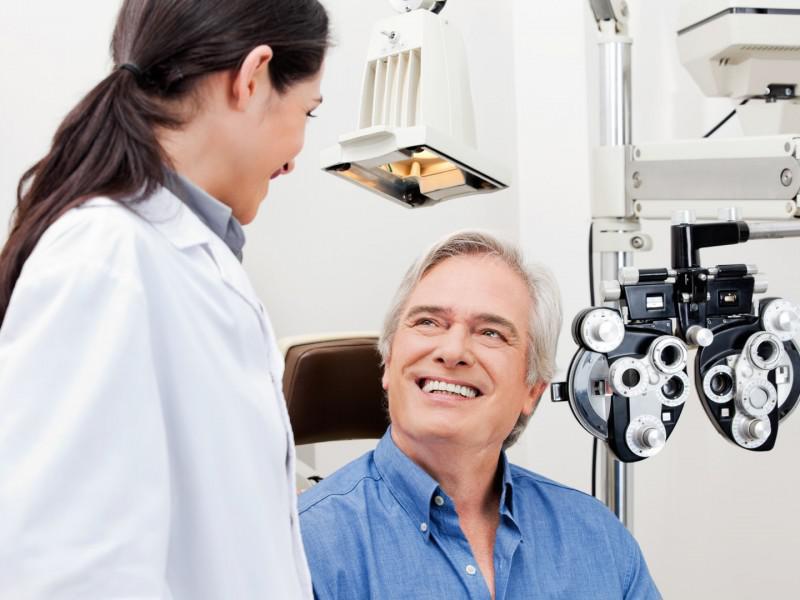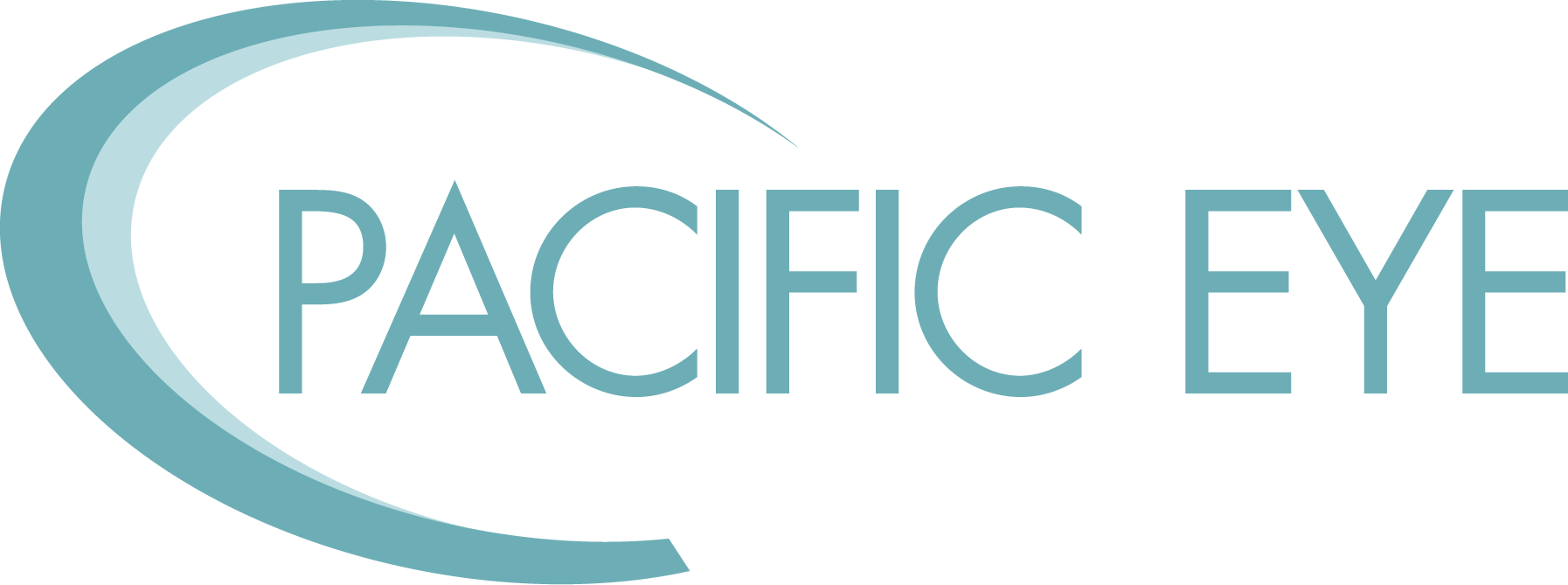
Glaucoma is a degenerative eye condition that damages the optic nerve at the back of your eye. An estimated 3 million Americans have glaucoma — and it’s the second-leading cause of blindness across the world.
Glaucoma starts slowly, without any pain or other noticeable symptoms. About 50% of people with glaucoma don’t know they have it, and it can cause permanent vision loss the longer it’s left untreated.
Protecting your vision starts by getting routine comprehensive eye exams and understanding your risk factors.
At Pacific Eye, our San Luis Obispo optometrists and ophthalmologists are highly trained in diagnosing and treating glaucoma. We’re here to help you assess your risk for this common condition and learn what you can do to keep your eyes as healthy as possible.
Assess your risk for glaucoma
Anyone can get glaucoma, but certain factors may increase your chances of developing it. The most common risk factors for glaucoma are:
Older age
Your risk of glaucoma increases as you get older. Our team may begin screening you for glaucoma around age 40, and most people with glaucoma are over the age of 60.
Family history of glaucoma
Glaucoma can be inherited. That means if your parents, grandparents, or siblings had or have glaucoma, you may be more likely to develop it yourself.
Race and ethnicity
Even if you don’t have a family history of glaucoma, your heritage may influence your risk. People who are Black, Asian, or Hispanic are more likely to have glaucoma than people who are white.
Certain eye conditions
Your general eye health may indicate the likelihood that you’ll develop glaucoma. Conditions that could put you at greater risk for glaucoma include:
- High eye pressure
- Extreme near- or farsightedness
- Previous eye injury
- Thin corneas
- Thinning of the optic nerve
These conditions can be diagnosed in a routine eye exam.
Other pre-existing health conditions
Your overall health influences your eye health too. Certain pre-existing conditions can affect your eye pressure and your risk of glaucoma, including diabetes, high blood pressure, and poor circulation.
How to protect your eye health
Getting regular comprehensive eye exams is the best way to protect your eyes and your vision. If you have risk factors for glaucoma, we typically recommend annual eye exams. Even if you aren’t considered high-risk, we recommend getting an eye exam at least once every few years.
Our team screens for glaucoma with dilated eye exams. We examine your optic nerve for signs of damage and test your eye pressure. We may also check your peripheral vision, as glaucoma often affects it before your central vision.
If we detect glaucoma, treatment can slow or stop disease progression. There’s no cure for glaucoma, so identifying and treating it as early as possible is key.
Don’t let glaucoma sneak up on you. Contact us online or call the office nearest you to schedule an eye appointment.







